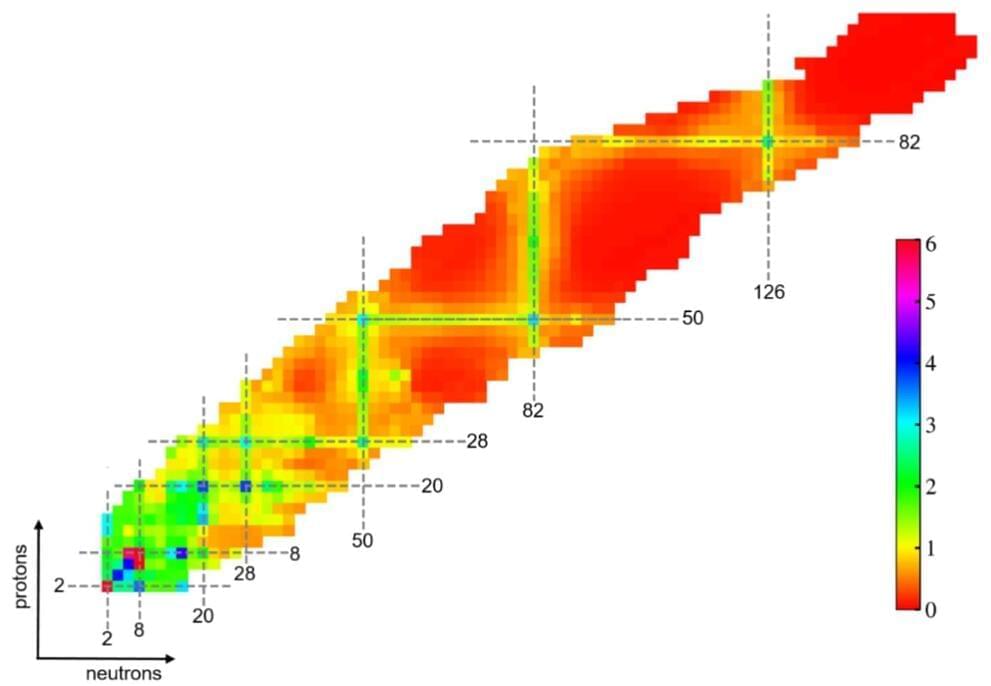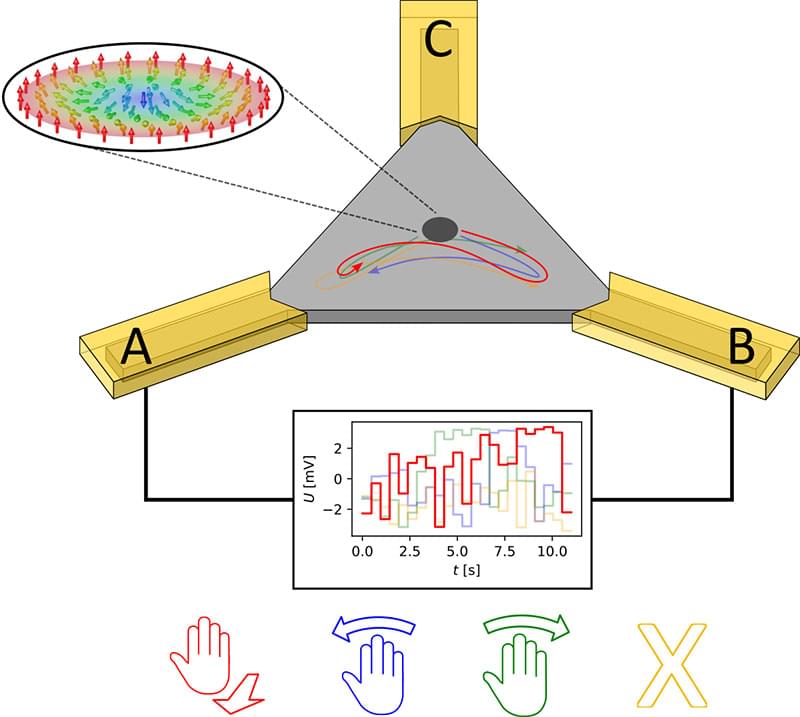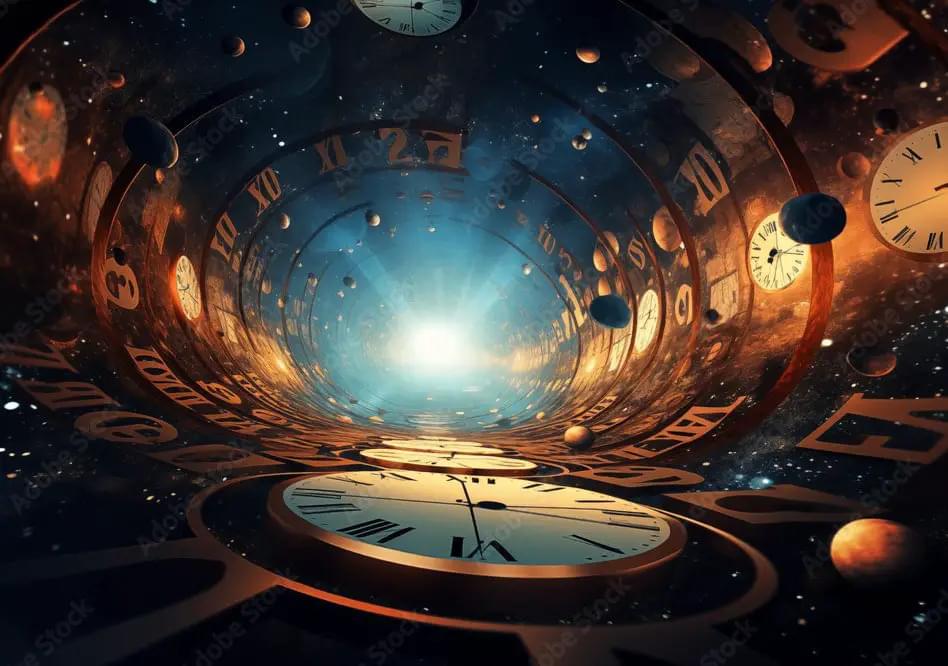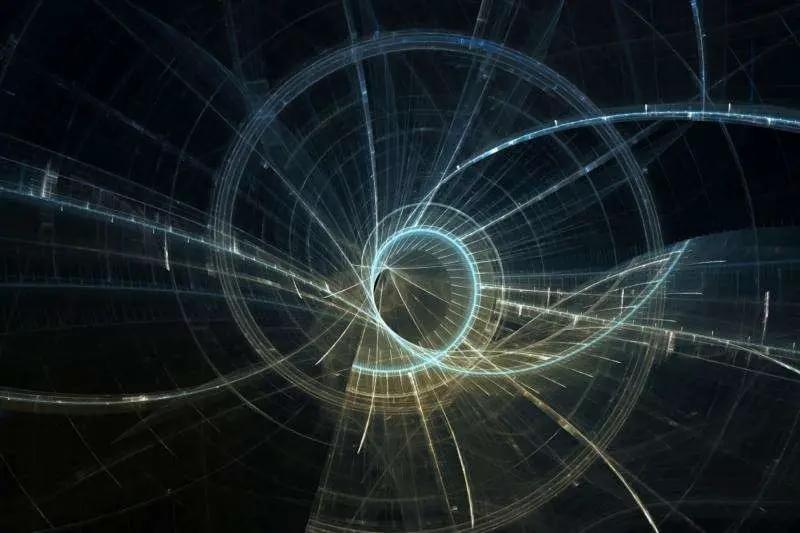Australian physicists resolve time travel paradox, showing it could be possible according to einstein’s theory.
Australian physicists have demonstrated that time travel could be theoretically possible by resolving the classic grandfather paradox. By aligning Einstein’s theory of general relativity with classical dynamics, researchers at the University of Queensland showed that time travel scenarios, such as altering past events, can coexist without resulting in logical inconsistencies. They used a model involving the coronavirus pandemic to illustrate how events would adjust themselves to avoid paradoxes. This research suggests that time travel, while complex, does not inherently create contradictions and could be feasible according to current mathematical models.
After reading the article, a Reddit user named Harry gained more than 524 upvotes with this comment: Isn’t the problem with time travel that it is also space travel? The earth isn’t in the same spot now as it was when you first started reading my comment, the earth travels very fast in space so wouldn’t you also have to find out where in space the earth was in 1950 (chose random date) in order to physically travel there? And how could we know where in physical space the earth was in 1950?






